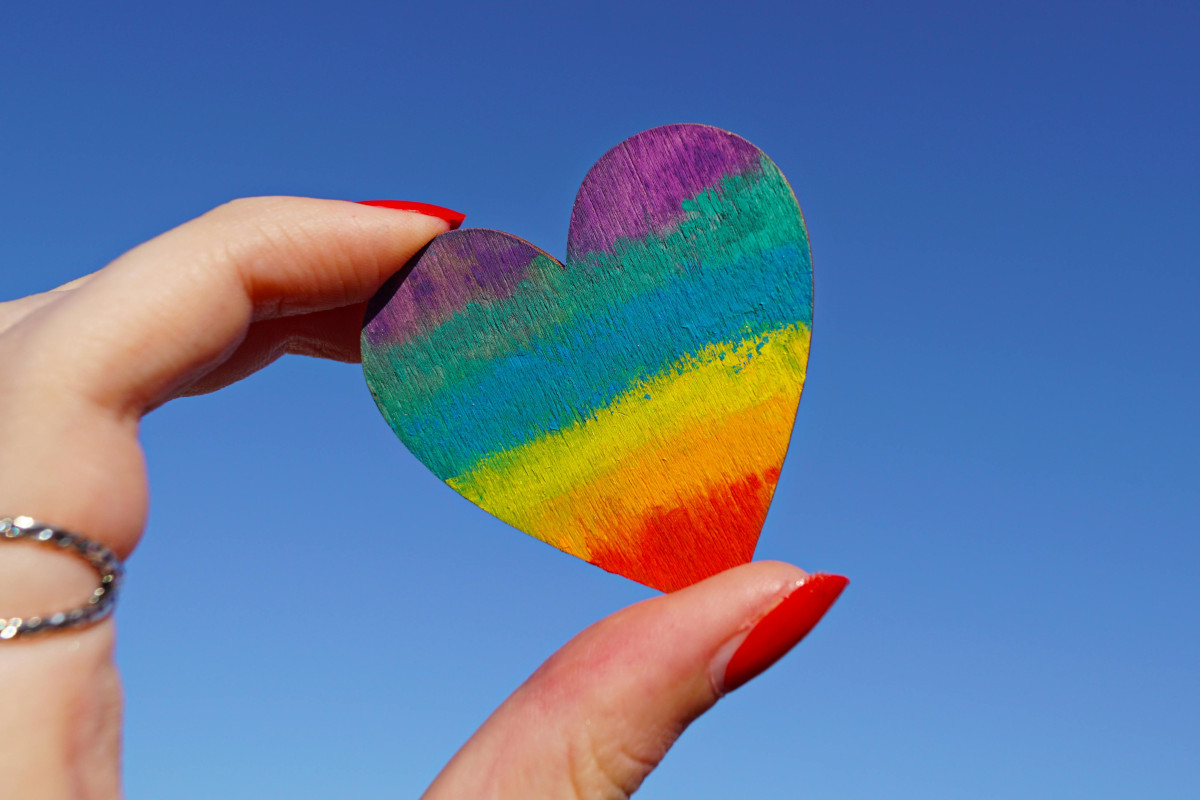Pride Month is here, and across Canada, the rainbow flag flies as a vibrant symbol of diversity, resilience, and the enduring spirit of the 2SLGBTQQIA+ community. In 2025, the celebration feels more significant than ever. It's not just about parades and festivals; it's a vital declaration of presence and a crucial anchor for mental wellness in a complex social climate.
This year, Pride Toronto's powerful theme, "ALL IN," serves as a rallying cry. It calls on us to fully commit—to celebrating, supporting, and advocating for one another with our whole hearts. For those on a journey of mental health and healing, this theme resonates deeply, inviting us to be all in for ourselves and our communities.
The Dual Reality: Canadian Support in the Face of Rising Hate
The landscape for 2SLGBTQQIA+ rights in Canada presents a challenging duality. On one hand, there is reason for optimism. A recent Ipsos poll from June 2025 shows that a strong majority of Canadians continue to support 2SLGBT+ rights and visibility, with support even increasing in the past year, positioning Canada as a leader in LGBTQ2 support amid global declines.
However, this encouraging news is contrasted by a disturbing rise in hostility. As detailed in a January 2025 news release from the Government of Canada, police-reported hate crimes targeting sexual orientation have surged. This alarming trend is felt across the country, with labour unions like CUPE Ontario noting that 2SLGBTQIA+ rights are threatened in ways not seen in decades, making Pride's role as a form of protest and solidarity more critical than ever.
The Undeniable Link: Minority Stress and Mental Health in Canada
This social tension has a direct and measurable impact on mental well-being. The concept of "minority stress"—the chronic stress faced by individuals from stigmatized groups due to prejudice, discrimination, and harassment—is key to understanding the mental health disparities within the 2SLGBTQQIA+ community.
Recent Canadian statistics paint a clear and urgent picture:
- Disproportionate Impact on Youth: Data from Statistics Canada highlights that 2SLGBTQ+ youth are at a significantly higher risk for mental health disorders and suicidal ideation compared to their cisgender, heterosexual peers. One in four (25%) have contemplated suicide in the past year.
- The Weight of Poor Mental Health: The same government data reveals that nearly 3 in 10 (29.7%) 2SLGBTQ+ people aged 15 and older report their mental health as fair or poor, a rate more than triple that of their non-2SLGBTQ+ counterparts (9.1%).
- Barriers to Care: A May 2025 report from Statistics Canada on mental health access noted that while lesbian and bisexual young women with a mental health disorder were more likely to seek help, significant barriers like affordability and a preference to self-manage remain.
Why Pride is a Powerful Therapeutic Tool
In the face of these challenges, Pride is more than a celebration; it is a community-level therapeutic intervention. It directly counters the isolating and damaging effects of minority stress by:
- Fostering Collective Joy: Pride creates moments of profound, shared joy. This "queer joy" is a radical act of self-love and resilience that validates one's identity and builds strength.
- Building Visible Solidarity: Seeing thousands of people marching, celebrating, and standing together sends a powerful message: you are not alone. This visibility is an essential antidote to the feeling of otherness and fear that discrimination can breed.
- Creating Safe, Affirming Spaces: For many, Pride events are among the few places they can be their authentic selves without fear of judgment. The importance of these safe spaces cannot be overstated, especially for youth who may lack support at home or school.
How to Be "ALL IN" for Your Mental Health This Pride
The "ALL IN" theme is an invitation to active participation in your own well-being. Here are some ways to embrace it:
- Engage on Your Own Terms: Whether it's attending a local event, connecting with an online community, or simply taking time to reflect on what Pride means to you, find a way to participate that feels authentic and safe.
- Set Healthy Boundaries: The increased visibility of Pride can also bring increased exposure to negativity. It is vital to protect your mental peace. This may mean curating your social media feeds or stepping away from draining conversations.
- Seek Affirming Professional Support: Therapy can be a transformative space to explore your identity, process experiences with discrimination, and build resilience. Seeking out a therapist who is knowledgeable and affirming of 2SLGBTQQIA+ experiences is a powerful step in being "all in" for yourself.
Conclusion
Pride 2025 is a moment of powerful contrasts—a celebration of progress set against a backdrop of undeniable challenges. By being "ALL IN," we honour the history of Pride as a protest and embrace its future as a beacon of hope, joy, and profound community healing. Let this month be a reminder that your identity is valid, your joy is a form of resilience, and your mental health is a priority.

